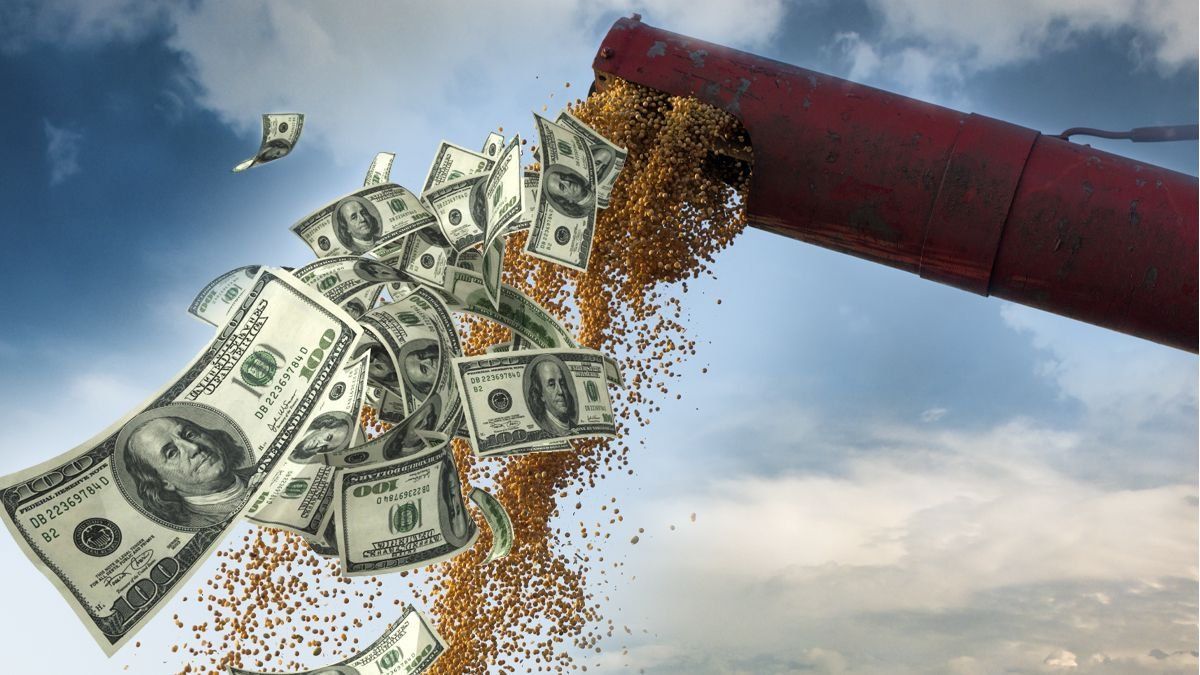During Monday and Tuesday, no operations were carried out under this scheme. Local market prices do not tempt producers either.
In theory the new edition of the soybean dollar, or agricultural dollar Contemplated with the regional economies, it began to operate this Monday for oilseed sales, something that did not happen due to the lack of a regulation from the Secretary of Agriculture that arrived a day later. In any case, during the day of this Tuesday the mechanism also continued to be slowed down by the exporters awaiting a regulation from the Central Bank (BCRA) referred to the pre-financing of exports, which would arrive in the next few hours. Thus, for the moment the income of foreign exchange from agriculture is not making itself felt in the local market.
The content you want to access is exclusive to subscribers.
Another item that would not be encouraging sales under this modality would be the price that is being offered in the local market. The thing is, values are far from exceeding $105,000 per tona price that does not end up tempting those producers who still keep soybeans from last season and who have already taken advantage of the two previous programs to settle at a good value.


In the sector they detail that the ideal would be for the price to exceed $110,000 per ton, something that exporters would not be willing to validate in the short term. At the same time, The official bet is that in any case in the next few days the income of dollars from the field will take off thanks to the soybean sales of the new campaign. The official account is that they could enter some US$5,000 million in just 45 days and for this, small and medium-sized producers who need to sell grain to meet their commercial commitments and the new wheat and barley campaign are counted.
For their part, the large producers who have the financial backing to do so, would keep the grain as a bargaining chip as usual, and even more so taking into account the genuine need for dollars by the local economy. In addition, the presidential elections in August generate expectations in the productive sector that awaits to know the continuity or not of the current political and economic cycle. An explosive combo considering that the drought reduced the estimate of dollar income during this 2023 by around US$20,000 million compared to last year.
On the other hand, the scope of the dollar directed to regional economies that should start operating the first days of May. The DNU published on Monday in the Official Gazette would open the door for sensitive products to be included in the basic food basket of the domestic market and a differential exchange rate could generate a price escalation. That is why from the Government they clarify that They are working on a parallel resolution in which access to this mechanism will be limited to a handful of items that will in turn sign a price and supply agreement for the local market.. Among the beneficiaries would be viticulture, honey and peanuts. While bovine meat, chicken and dairy products such as fluid milk are discarded.
It will be a week of definitions not only for the field, but for the economy in general. It is that the success or not of this measure will play a fundamental role in the objective of taking care of the reserves. The Government’s bet continues to be the agricultural dollar with soybeans and regional economies as the engine.
Source: Ambito




